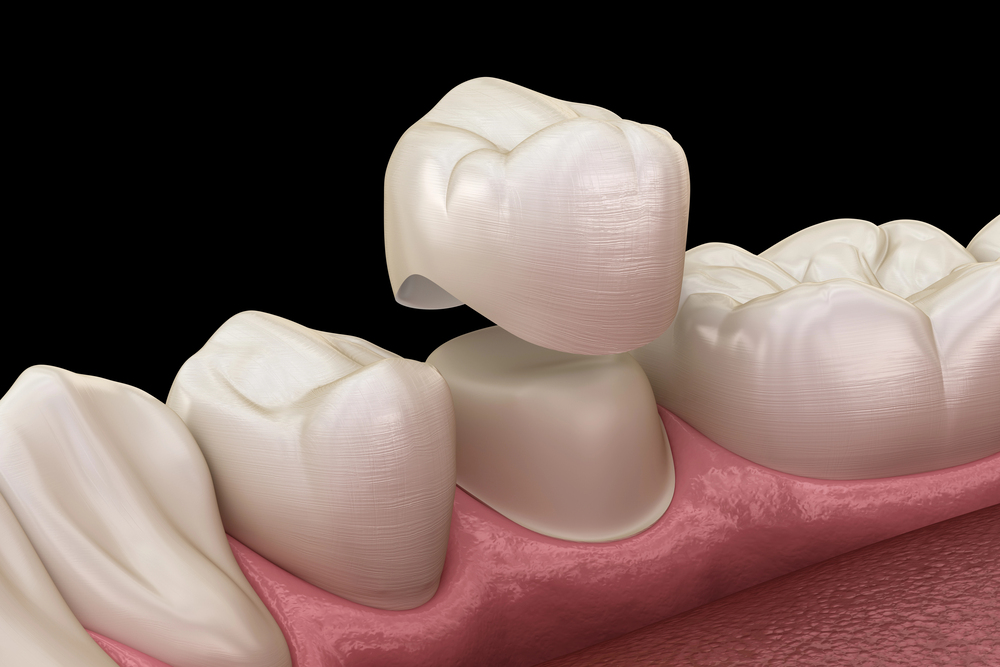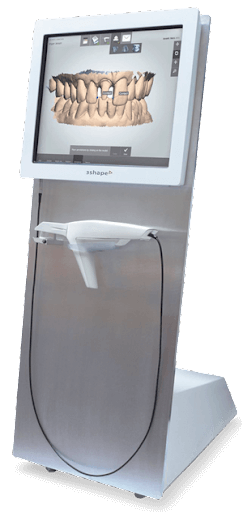For clinicians, the dental crown vs. filling choice is a biomechanical judgment call backed by caries extent, remaining tooth structure, occlusal load, and long‑term risk. The best result preserves vitality, controls crack propagation, and delivers a restoration that seats cleanly with minimal future intervention.
Assessing the Substrate First

Diagnosis starts with caries depth, crack lines, and the ferrule potential around the clinical crown. If decay or fracture undermines cusps or extends subgingivally, the tooth may lack the structural bulk to support a direct restoration. When margins can be placed on sound enamel or well‑prepared dentin with adequate thickness, a bonded composite or amalgam can restore form and function with conservative preparation.
When a Filling Makes Sense
Direct fillings suit small to moderate lesions with intact cusps and stable proximal contacts. Bonded composites excel in low to moderate load zones, sealing well with proper isolation, incremental placement, and careful curing protocols. Amalgam still performs in high‑moisture fields or posterior sites where isolation is difficult. For many Class I and II restorations with preserved marginal ridges, a direct approach offers speed, tissue conservation, and straightforward repair if minor wear or marginal staining appears over time.
When a Crown Is the Smarter Choice
Dental crowns come into play once structural compromise, crack propagation, or endodontic access has weakened the coronal shell. Cuspal coverage redistributes load, reducing flexure that would fatigue a large direct restoration. Post‑endo molars, teeth with wide MOD preparations, or cases with existing fractures typically benefit from full or partial coverage options that protect remaining walls. In high‑function patients with parafunction, a crown can better handle repetitive stress and lateral forces.
Inlays, Onlays, and Partial Coverage
Modern adhesive dentistry offers a middle path. Indirect inlays and onlays preserve sound tissue while providing cuspal reinforcement where needed. Ceramic or hybrid materials can restore anatomy with precise occlusion and polished margins. These restorations suit cases where bulk fill would be too extensive but a full crown would be unnecessarily aggressive. Partial coverage often pairs well with digital workflows for accurate fit and efficient turnaround.
Materials and Occlusion Matter
Material selection balances strength, esthetics, and opposing dentition. Lithium disilicate brings translucency and strong bonding, zirconia offers high strength with polished wear surfaces, and layered ceramics deliver top‑tier esthetics in anterior zones. Composite works well for conservative posterior and anterior repairs. Occlusal scheme drives the decision too. Heavy bruxism, deep overbite, or group function contacts can push a clinician toward coverage that resists chipping and maintains contacts over time.
Endo, Posts, and Ferrule
Endodontically treated teeth require special attention to ferrule height and wall thickness. A post does not strengthen a tooth. It retains a core when structure is missing. The long‑term success depends on achieving a continuous band of tooth structure at the margin that resists wedging and shear. If the ferrule is inadequate, crown lengthening or orthodontic extrusion may be discussed to create a stronger foundation before final coverage.
Workflow and Patient Factors
Chair time, cost, hygiene, and maintenance all influence planning. Direct fillings usually seat in a single visit and can be refined easily at follow‑ups. Crowns often involve provisionalization and a second appointment, unless a same‑day CAD‑CAM pathway is used. Patient hygiene habits, caries risk, and dietary patterns can also steer the plan toward materials and designs that tolerate the environment better over time.
Crown and Bridge Solutions That Deliver
Partner with Next Dental Lab for crown and bridge work built on proven materials and precise workflows. Options span full‑contour zirconia for strength in posterior zones, layered zirconia for lifelike esthetics, and high‑translucent zirconia when blend and durability both matter.
Our IPS e.max crowns offer glass‑ceramic beauty for conservative cases, while PFM choices range from non‑precious to noble and high‑noble alloys for toughness with tailored biocompatibility. Send a case with shade photos and RX, and get consistent fits, clean contacts, and predictable delivery from a lab focused on practical results.

